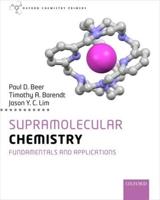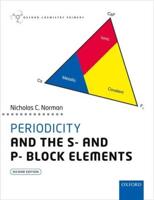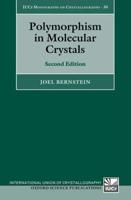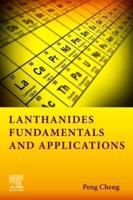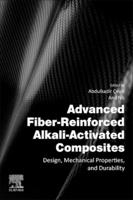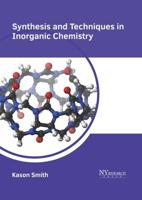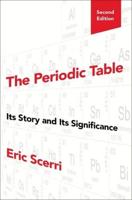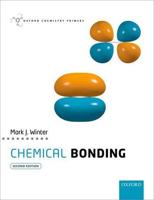Publisher's Synopsis
Provides a systematic description of a wide range of nonmolecular structures, covering metals, metal alloys (e.g., intermetallics, borides and carbides), minerals, and other inorganic substances. Complex structures are shown to be easily derived from simple, well–known structures––including many structures previously considered too complex for simple analysis. Shows that crystal structures are based on a few simple structures, thus the number of entities that need to be remembered is greatly reduced. The result is an easier and more realistic alternative to the classical approach to defect–solid state. The notion of extended defects is shown to be more effective than the classical point defects, particularly where high concentrations of the latter need be invoked.


